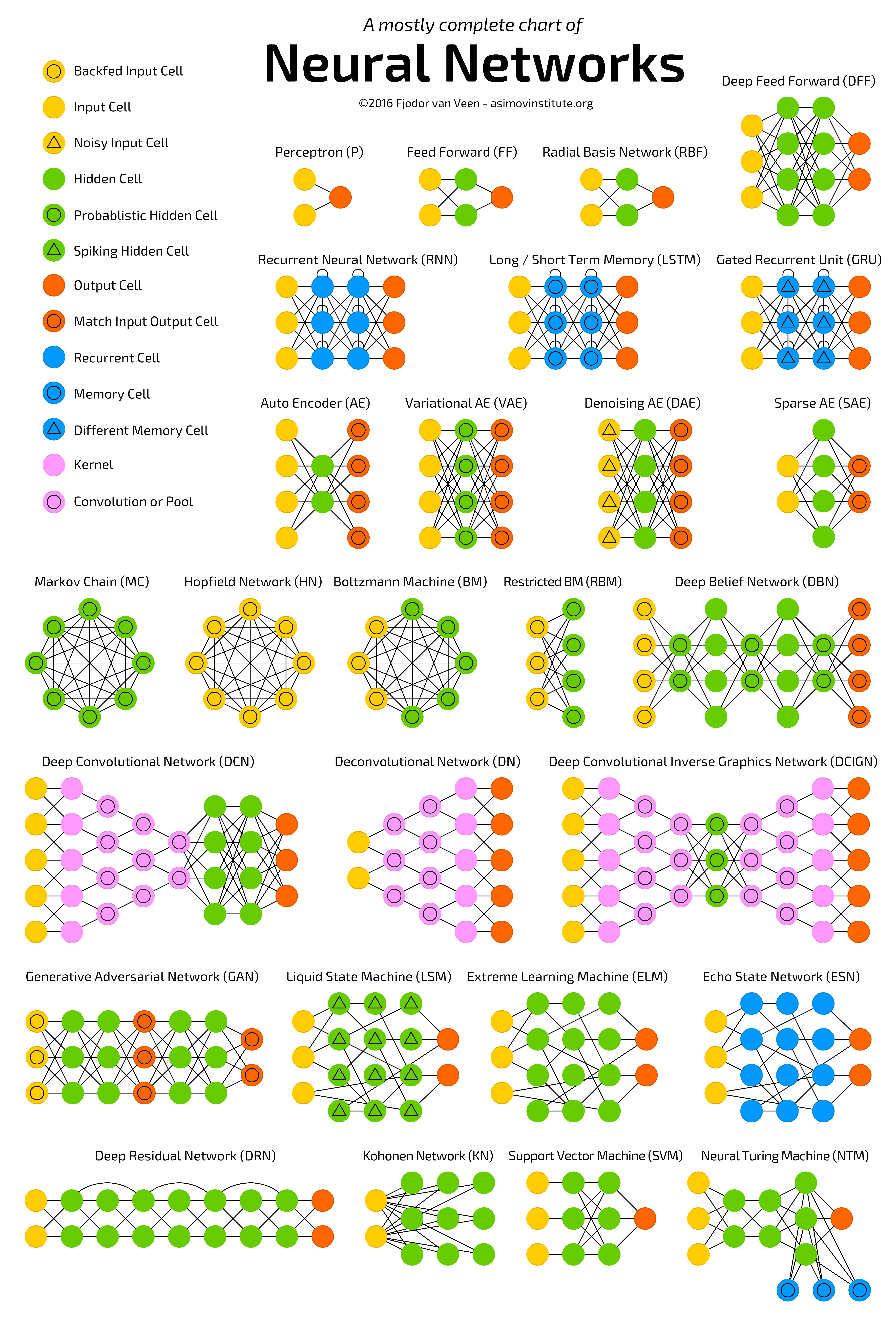
Social Engineering Attacks
Social engineering attacks refer to the manipulation and exploitation of human behaviour to gain unauthorized access, acquire sensitive information, or manipulate individuals for financial gain. Unlike traditional cyber-attacks in cyber security that rely on software vulnerabilities, social engineering attacks exploit the inherent vulnerabilities of human psychology, making them highly effective and deceptive.
Understanding the Psychology Behind Social Engineering
To understand social engineering attacks, it is crucial to delve into the psychology behind them. Social engineers take advantage of fundamental human traits such as trust, authority, and emotional vulnerabilities. By manipulating these psychological factors, they can influence individuals into revealing confidential information or performing actions against their best interests.
Real-world Examples of Social Engineering Attacks
Social engineering attacks are not theoretical concepts but rather tangible threats that have impacted organizations and individuals alike. One notable example is the infamous phishing attack on Hillary Clinton's presidential campaign in 2016, which targeted campaign officials through fraudulent emails, leading to the compromise of sensitive information. These real-world examples serve as cautionary tales, highlighting the need for vigilance and awareness.
Motives Behind Social Engineering Attacks
Gaining Unauthorized Access
One primary motive behind social engineering attacks is gaining unauthorized access to systems, networks, or facilities. By exploiting human vulnerabilities, attackers can bypass security measures and gain entry to restricted areas or confidential information. This unauthorized access can be leveraged for various malicious purposes, including data theft, espionage, or sabotage.
Acquiring Sensitive Information
Another motive behind social engineering attacks is the acquisition of sensitive information. Attackers employ psychological manipulation techniques to trick individuals into divulging valuable data, such as passwords, credit card details, or intellectual property. This information can be subsequently exploited for illicit financial gains or used for further cyber threats.
Manipulating Individuals for Financial Gain
Financial gain is often a driver behind social engineering attacks. Attackers exploit human weaknesses to deceive individuals into participating in fraudulent schemes or transferring funds unknowingly. By capitalizing on emotions such as fear, urgency, or greed, attackers manipulate their victims into taking actions that directly result in financial losses.
The Scope and Impact of Social Engineering Attacks
Social Engineering in the Digital Age
In the digital age, social engineering attacks have become increasingly pervasive. The interconnected nature of modern society and the widespread reliance on technology have created an environment ripe for exploitation. From targeted spear-phishing attacks to sophisticated scams on social media platforms, social engineering techniques have evolved alongside technological advancements, amplifying their potential impact.
Industries Most Vulnerable to Social Engineering Attacks
No industry is immune to the risk of social engineering attacks, but some sectors are particularly vulnerable. Financial institutions, healthcare organizations, and government agencies often top the list due to the sensitive nature of the information they handle. However, any organization that deals with customer data, intellectual property, or financial transactions should be acutely aware of the risks posed by social engineering attacks.
The Implications of Successful Social Engineering Attacks
The implications of successful social engineering attacks can be far-reaching and severe for individuals and organizations alike. Beyond financial losses, victims may suffer reputational damage, legal consequences, and loss of customer trust. Organizations may face regulatory fines, legal liabilities, and a decline in business opportunities. Therefore, understanding and mitigating the risks associated with social engineering attacks is of paramount importance.
Common Techniques Used in Social Engineering Attacks
Social engineering attacks encompass various techniques, each designed to exploit different vulnerabilities and manipulate individuals. Understanding these techniques can help individuals and organizations recognize and guard against potential threats.
Ph Attacks
Phishing attacks are one of the most prevalent forms of social engineering, relying on deception to trick victims into divulging sensitive information. Some types of phishing attacks include:
Email Phishing
Email phishing involves sending fraudulent emails that appear legitimate to deceive recipients into clicking on malicious links or providing confidential information. Attackers often impersonate trusted entities such as banks, government agencies, or well-known brands to gain the victim's trust.
Websites and Malicious Links
Social engineers create counterfeit websites or embed malicious links on legitimate websites to trick individuals into divulging information or downloading malware. These websites or links may pose as familiar platforms or services, enticing victims to enter their credentials or unknowingly install harmful software.
Gaining Trust Through False Information
Social engineers bolster their credibility by providing false information that aligns with the victim's expectations. This can include referencing accurate-sounding details or leveraging common interests to establish rapport and manipulate victims into disclosing sensitive information.
Examples of Pretexting in Action
One example of pretexting in action is when an individual receives a phone call from someone claiming to be a support technician from a well-known tech company. During the call, the pretexter mentions a recent data breach and instructs the victim to provide their login credentials to address the issue promptly. By exploiting fear and trust, the pretexter convinces the victim to disclose confidential information willingly.
The Tempting Bait Technique
In baiting attacks, social engineers strategically leave physical devices, such as USB drives or CDs, in public places or employee areas. These devices are often loaded with malware or designed to trick individuals into taking actions that compromise security, such as inserting the USB drive into their computer.
Exploiting Physical Security Vulnerabilities
Tailgating involves an attacker bypassing physical security measures by following an authorized individual into a restricted area without proper identification. By exploiting the willingness to assist or general politeness, social engineers gain unauthorized access to secure areas or confidential information.
Identifying and Preventing Baiting and Tailgating Scenarios
To prevent baiting and tailgating scenarios, individuals should exercise caution when encountering unfamiliar devices or unknown individuals. Organizations should implement strict physical security protocols, including ID checks, surveillance systems, and employee awareness programs.
Impersonation Attacks
Impersonation attacks involve social engineers masquerading as legitimate individuals or organizations to deceive victims into divulging sensitive information or performing actions that serve the attacker's malicious intent.
Human Vulnerabilities Exploited in Social Engineering Attacks
Trust and Authority
Trust and authority form the foundation of many successful social engineering attacks. Social engineers exploit the human desire for trustworthy interactions and leverage perceived authority figures to manipulate individuals.
Building Trust in Digital Interactions
Building trust in digital interactions can be challenging, as the absence of physical cues makes it easier for social engineers to deceive their victims. Individuals must exercise caution when interacting with unknown entities online and validate the authenticity of requests through multiple channels.
Lack of Security Awareness
A lack of security awareness among individuals is often a contributing factor to the success of social engineering attacks. Education, training, and cultivating a security-conscious culture are key to minimizing vulnerabilities.
Importance of Security Education and Training
Security education and training programs play a pivotal role in equipping individuals with the knowledge and skills needed to recognize and respond to social engineering attacks. Regularly educating employees about evolving threats and promoting best practices empower individuals to be an effective line of defence.
Mitigating Social Engineering Attacks
Mitigating the risks associated with social engineering attacks requires a multi-faceted approach that combines technical measures, awareness programs, and continuous monitoring.
Implementing Strong Security Measures
To mitigate social engineering attacks, organizations and individuals must implement robust security measures to protect against various attack vectors. Some essential measures include:
Multi-Factor Authentication
Implementing multi-factor authentication adds an extra layer of security by requiring individuals to provide additional credentials or verification beyond passwords. This greatly reduces the risk of unauthorized access even if credentials are compromised.
Password Hygiene and Complexity
Practicing good password hygiene, such as using unique and complex passwords, regularly changing them, and avoiding reuse across multiple accounts, significantly reduces the risk of successful social engineering attacks.
Encrypting Data and Communications
Encrypting sensitive data and securing communication channels with encryption protocols ensure that even if intercepted, the information remains unreadable and protected. This ensures that confidential information remains inaccessible to unauthorized individuals.
Raising Awareness and Promoting Vigilance
Education and awareness are vital in mitigating social engineering attacks. By fostering a culture of vigilance and providing regular training, individuals can become more adept at recognizing and responding to potential threats.
Educating Employees and Individuals
Regularly educating employees and individuals about the tactics, techniques, and indicators of social engineering attacks helps them develop a critical eye and enhances their ability to protect themselves and their organizations.
Conducting Simulated Social Engineering Tests
Simulating social engineering attacks through controlled exercises helps assess an organization's susceptibility to such attacks and identifies areas that require improvement. These exercises also serve as valuable training opportunities for employees to familiarize themselves with potential threats.
Encouraging Reporting and Communication Channels
Creating a safe environment for reporting suspicious activities or potential social engineering attempts is crucial. Organizations should establish clear communication channels and encourage employees to report any questionable requests or behaviours promptly.
Continuous Monitoring and Response
Implementing intrusion detection systems, establishing incident response plans, and continuously learning from past incidents are vital elements in mitigating social engineering attacks effectively.
Implementing Intrusion Detection Systems
Intrusion detection systems monitor network traffic and behaviour patterns to identify indicators of compromise or suspicious activities. Early detection allows for swift response and mitigation of potential social engineering attacks.
Establishing Incident Response Plans
Developing well-defined incident response plans ensures that organizations can respond promptly and efficiently in the event of a social engineering attack. These plans outline the necessary steps to mitigate the impact, communicate with stakeholders, and restore normal operations.
Learning from Past Incidents and Fine-Tuning Strategies
Analysing and learning from past social engineering incidents is crucial in refining mitigation strategies. Continuous improvement allows organizations to adapt to evolving attack vectors and enhances their overall resilience to social engineering attacks.
Summary
Social engineering attacks pose a significant threat to cybersecurity, exploiting human psychology rather than technical vulnerabilities. As technology advances and security measures improve, attackers increasingly turn to manipulating individuals to gain unauthorized access or sensitive information. The success of social engineering attacks relies on exploiting trust, fear, urgency, or curiosity, making it crucial for individuals and organizations to be vigilant and educated.
Frequently Asked Questions and Answers:
What is social engineering?
Social engineering is a manipulation technique used by attackers to deceive individuals into divulging confidential information, performing actions, or compromising security.
What are common types of social engineering attacks?
Common types include phishing, pretexting, baiting, quid pro quo, and tailgating. Each involves manipulating individuals to exploit their trust or emotions.
How can individuals protect themselves from social engineering attacks?
Stay vigilant, verify requests for sensitive information, be cautious of unsolicited communications, and undergo regular cybersecurity training to recognize and avoid potential threats.
What role does cybersecurity awareness training play in combating social engineering?
Cybersecurity awareness training educates individuals about the tactics used in social engineering attacks, empowering them to recognize and resist manipulation.
Are there technical measures to prevent social engineering attacks?
Yes, implementing email filters, multi-factor authentication, and regularly updating security protocols are effective technical measures to enhance protection against social engineering.
How do organizations defend against social engineering attacks?
Organizations should establish and enforce security policies, conduct regular employee training, employ advanced threat detection tools, and foster a culture of cybersecurity awareness.
























































